Type 409 Stainless Steel is covered by the following specifications:ASTM A240.
Chemical Composition:
| Element | Type 410S |
| Carbon | 0.08 max. |
| Manganese | 1.00 max. |
| Sulfur | 0.030 max. |
| Phosphorus | 0.040 max. |
| Silicon | 1.00 max. |
| Chromium | 11.5 – 13.5 |
| Nickel | 0.60 max. |
Mechanical Properties: ASTM A240
| Type | Yield Strength 0.2% offset (KSI) | Tensile Strength (KSI) | % Elongation (2″ Gauge length) | Hardness Rockwell |
| 410S | 30 min. | 60 min. | 22 min. | HRB 89 |
Formability
410S Stainless Steel can be easily formed by drawing, spinning, bending and roll forming.
Weldability
This ferritic class of stainless steels is generally considered to be weldable by the common fusion and resistance techniques. Special consideration is required to avoid brittle weld fractures during fabrication by minimizing
discontinuities, maintaining low weld heat input, and occasionally warming the part somewhat before forming. This particular alloy is generally considered to have slightly poorer weldability than the most common alloy of the stainless class, Type 409. A major difference is addition of aluminum to control hardening, which results in the need for higher heat input to achieve penetration during arc welding. When a weld filler is required, AWS E/ER 309L or 430 filler material is most often specified. Type 410S is well known in reference literature and can be obtained in the following ways:
1. ANSI/AWS A5.9, A5.222, and A5.4 (filler metals, minimum UTS and elongation).
2. “Welding of Stainless Steels and Other Joining Methods,“ SSINA, (800:982-0355).
Heat Treatment
410S is not hardenable by heat treatment. It is annealed in the 1600 – 1650°F (871 – 899°C) range and then air cooled, mainly to relieve cold working strains. Care should be exercised to avoid exposure at temperatures of 2000°F (1093°C) or above because of possibleembrittling effects. If excessively large grains are found after annealing mildly cold-wor ked material, the annealing temperature should be decreased to the 1200 – 1350°F (649 – 732°C) range.








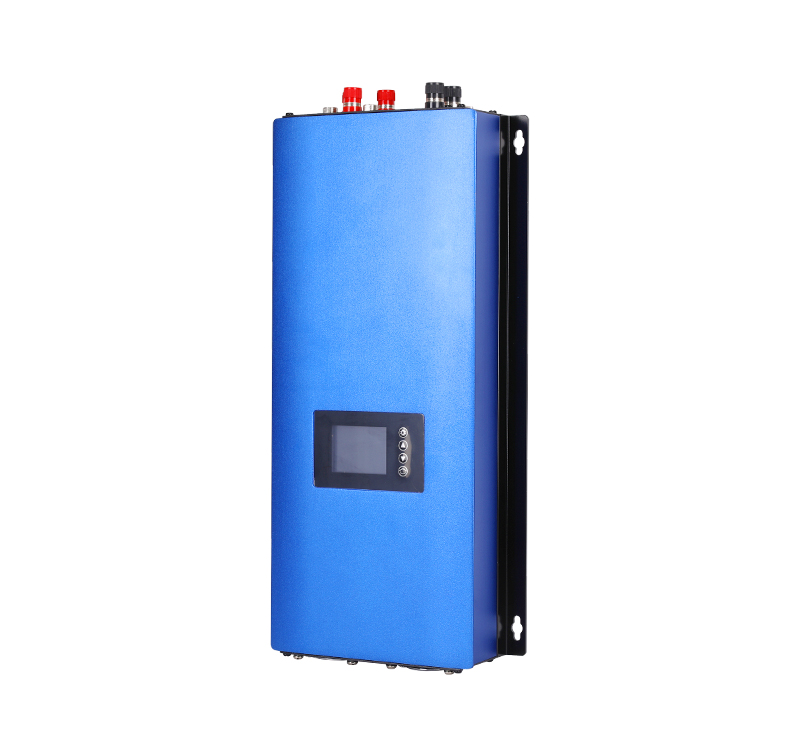






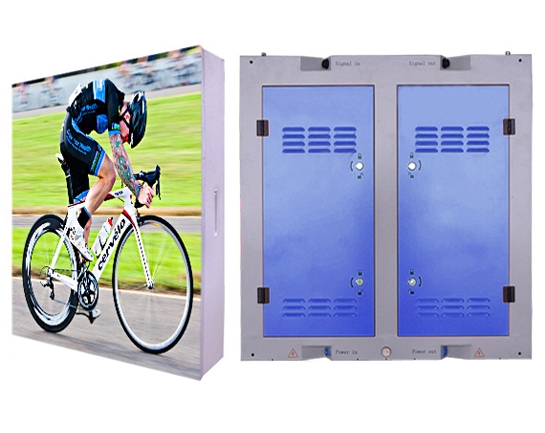

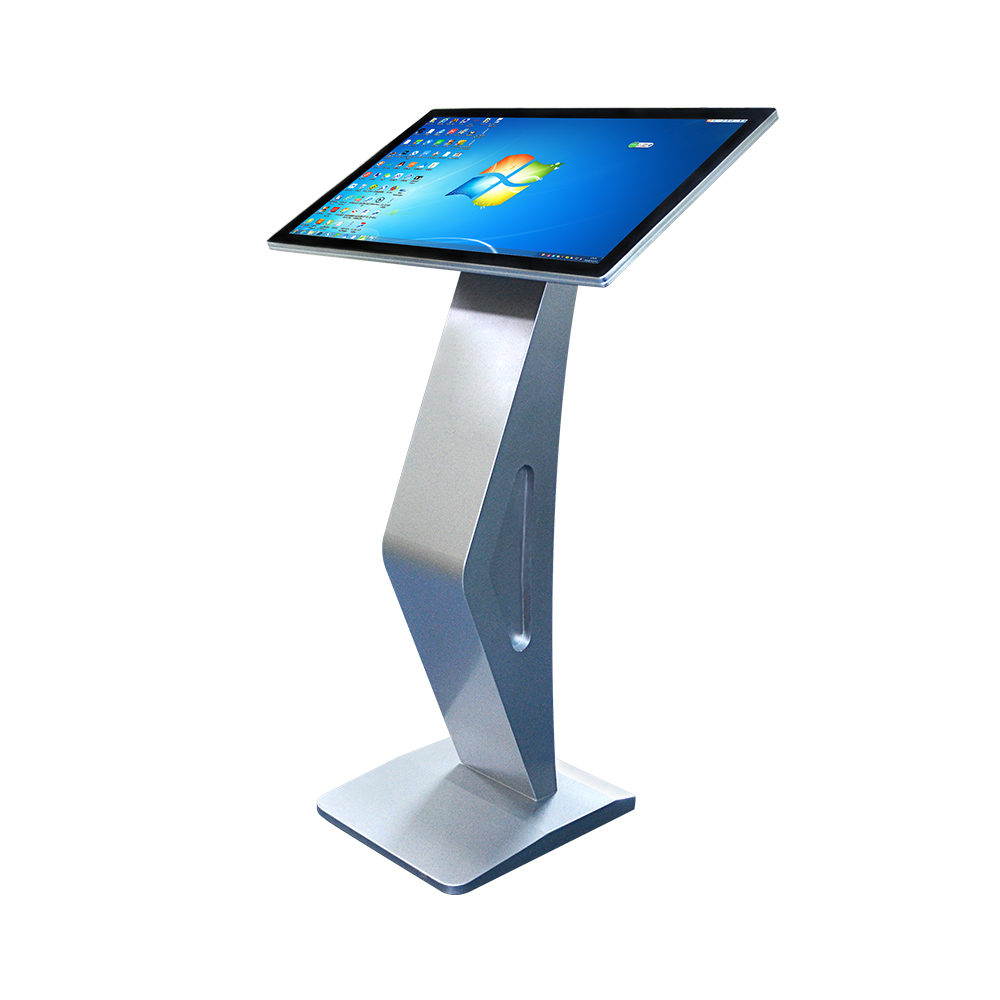



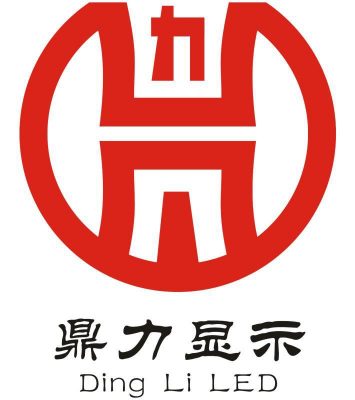





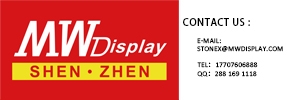


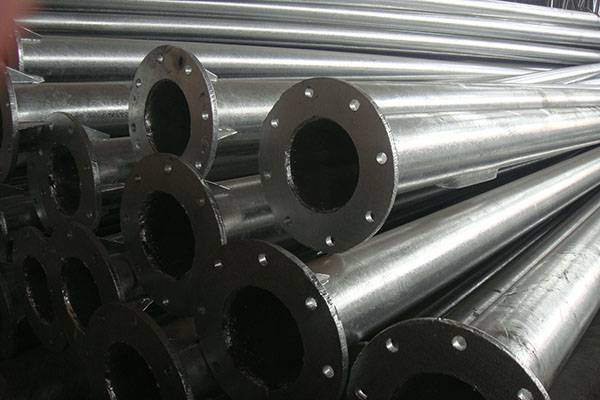



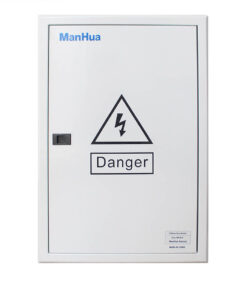
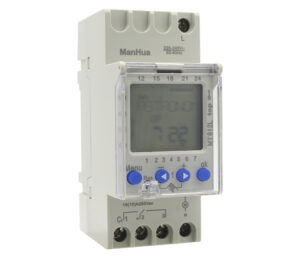

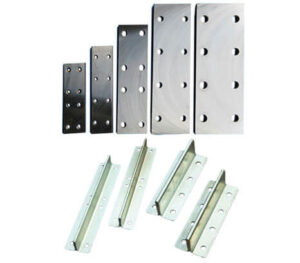

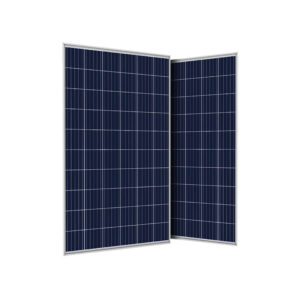



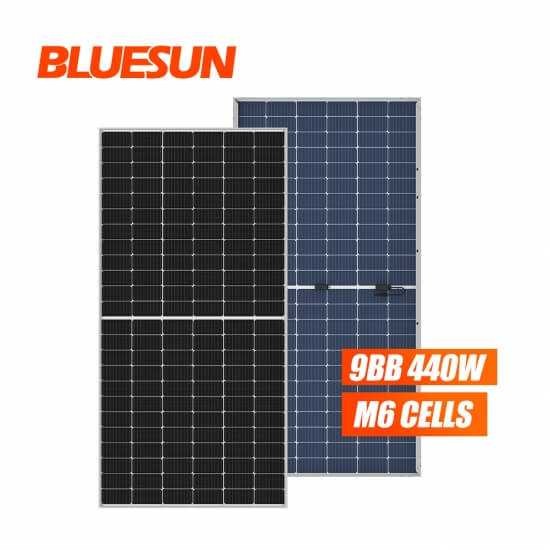

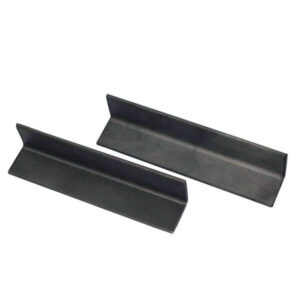




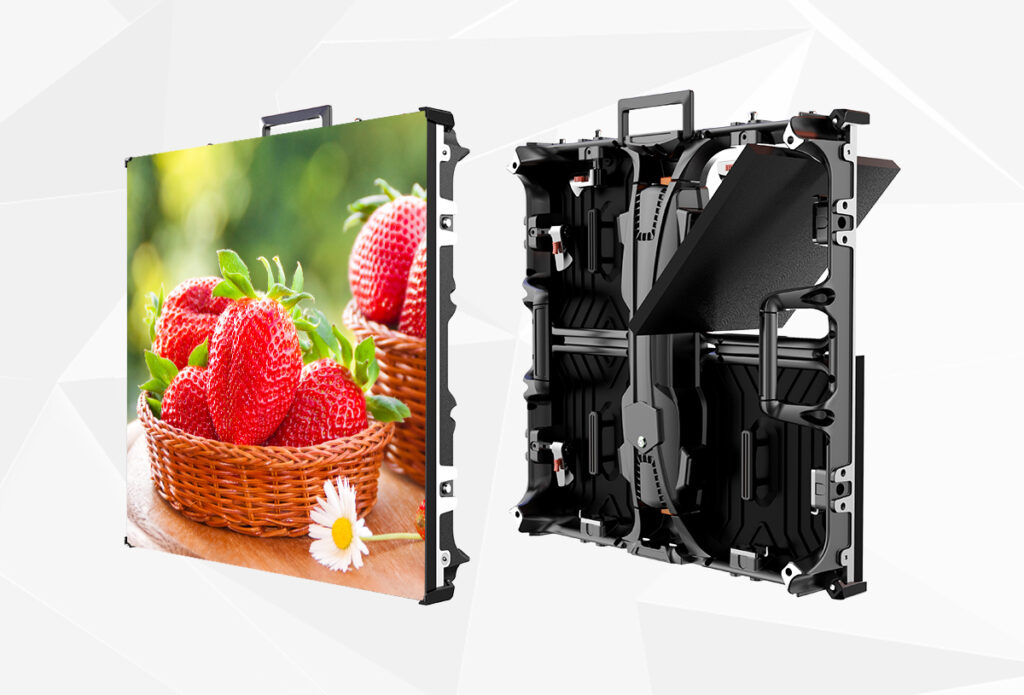
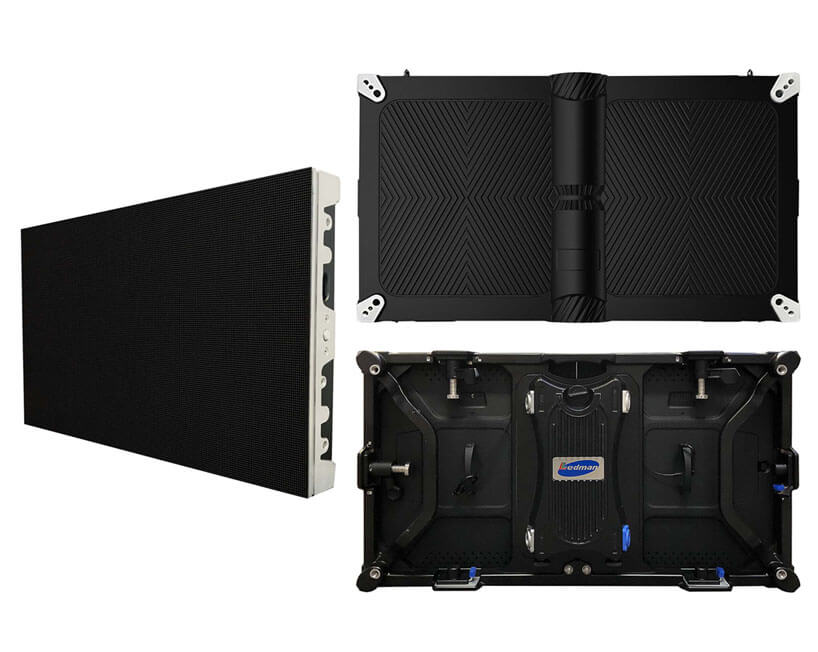





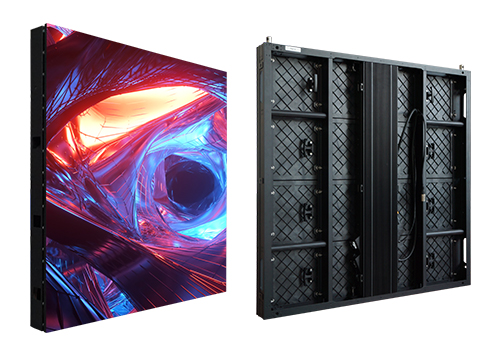

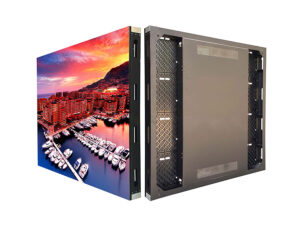


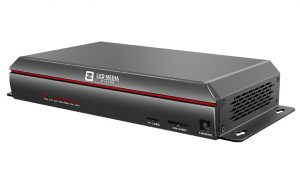



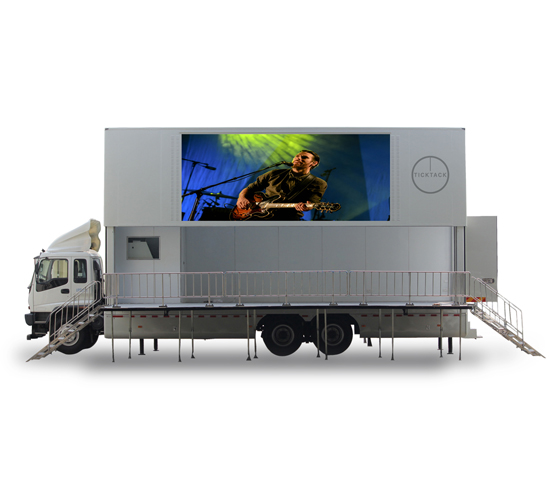
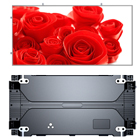



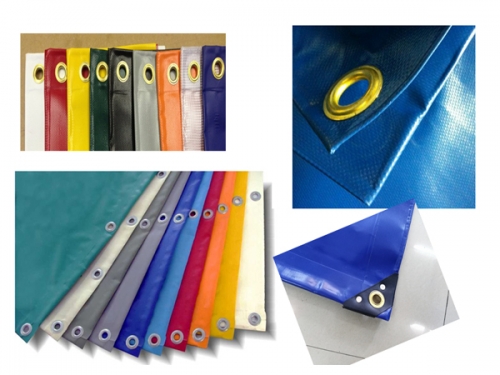

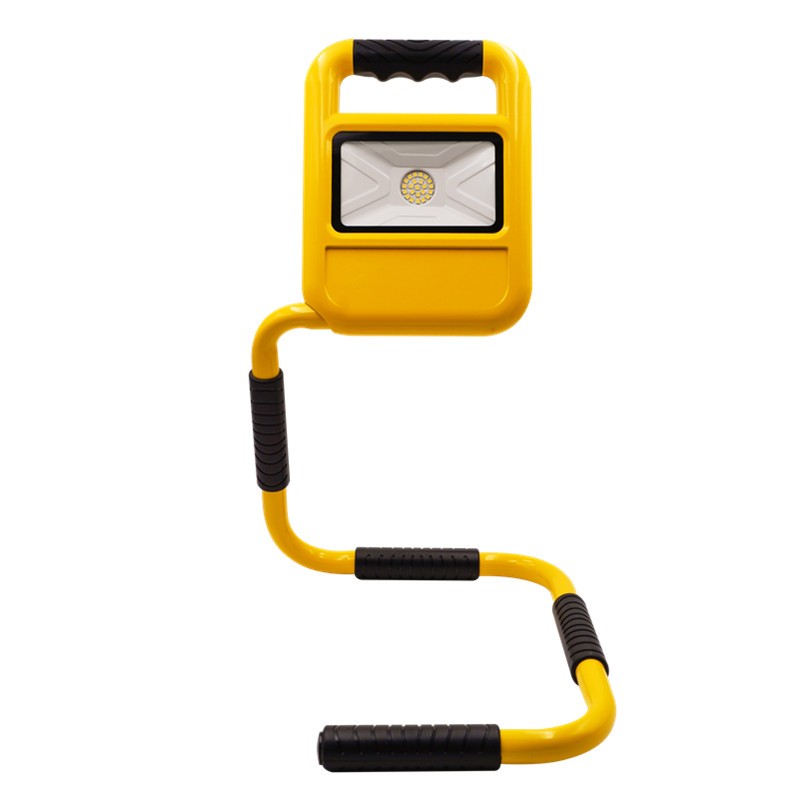



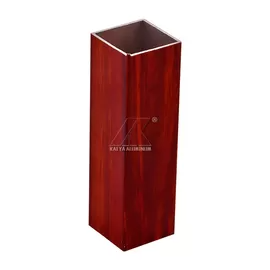

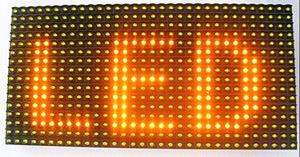





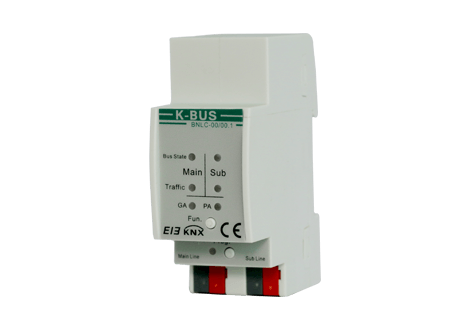
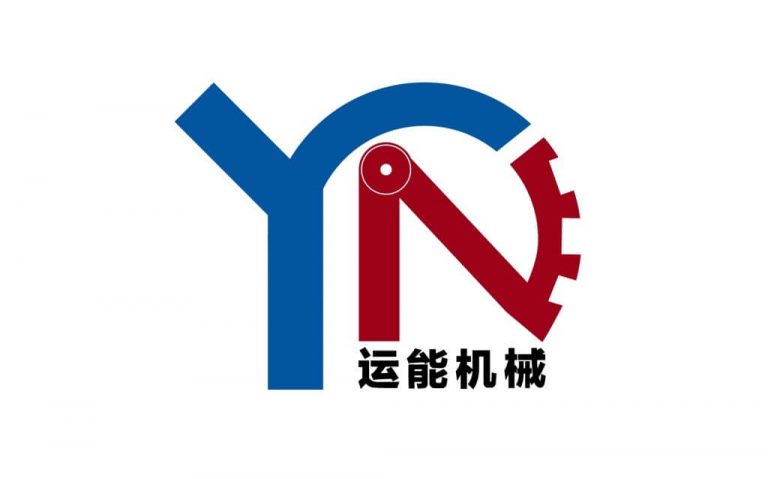
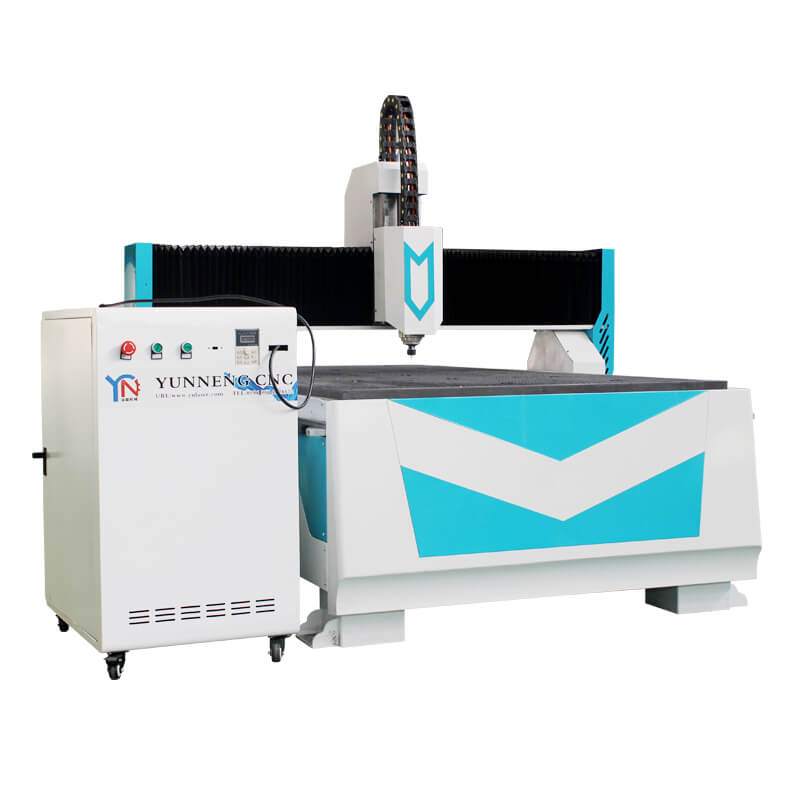

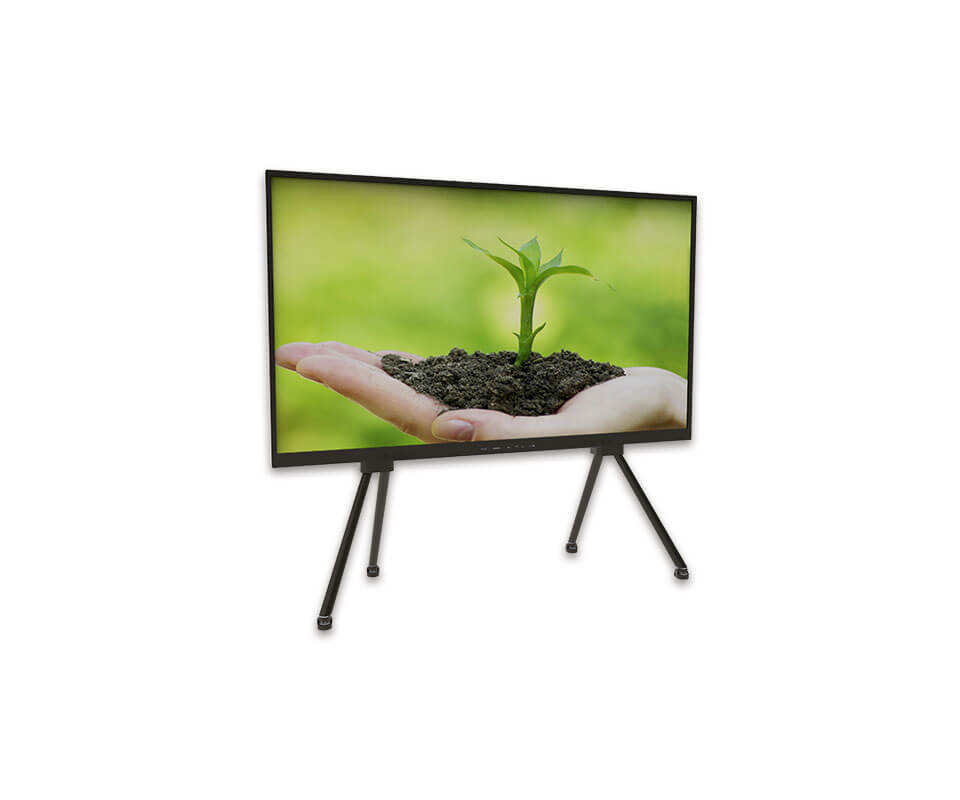






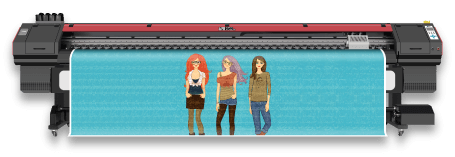

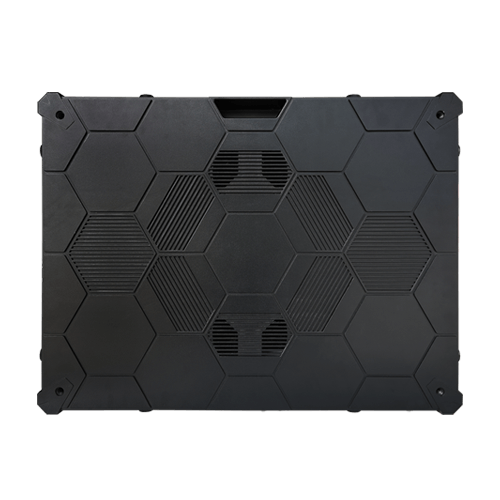

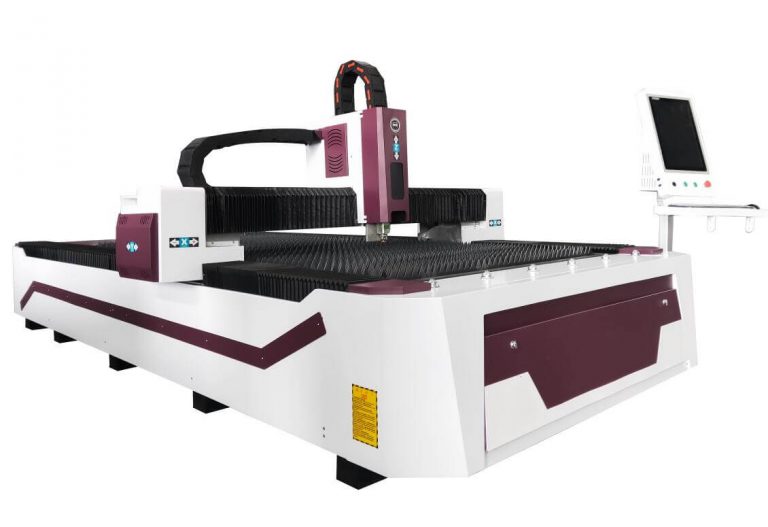

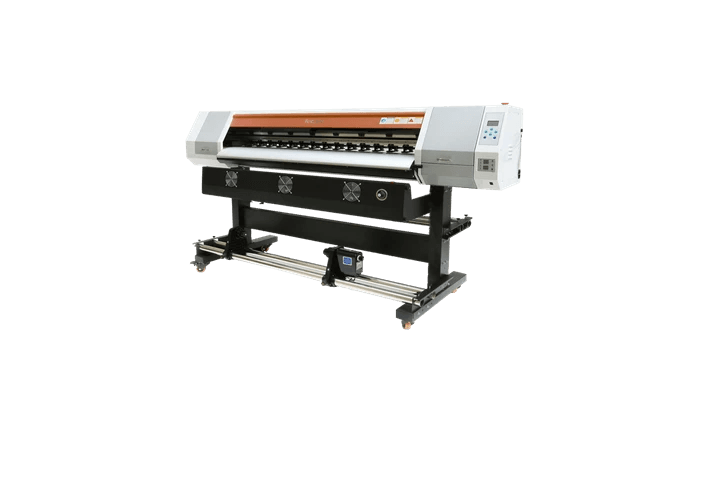



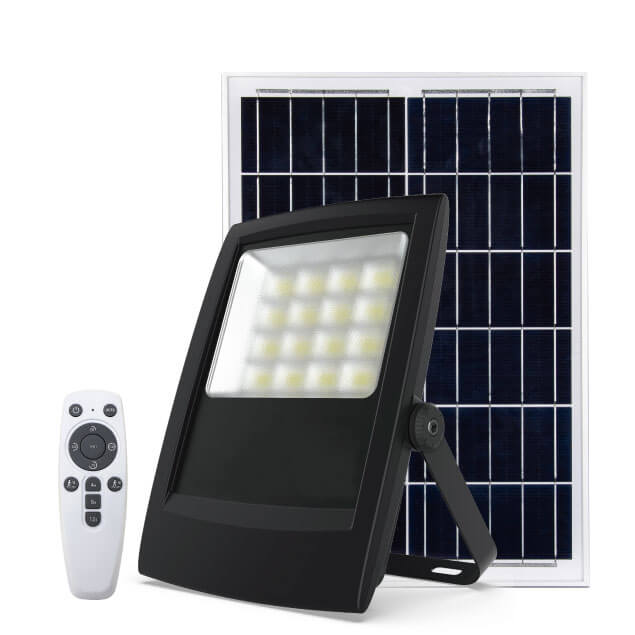


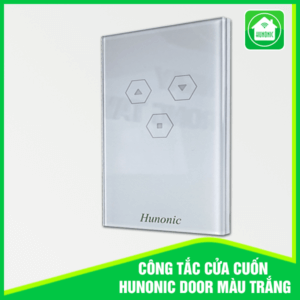



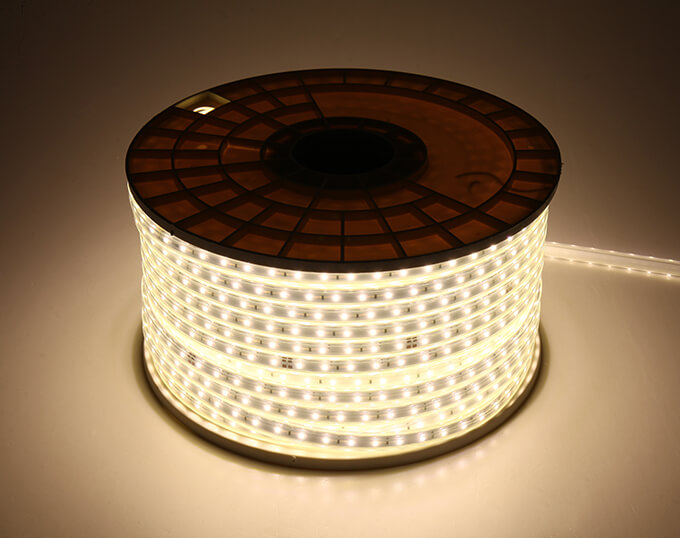

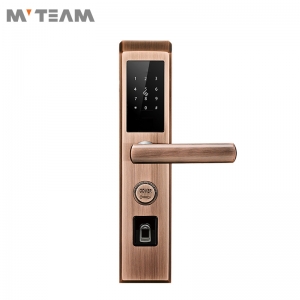






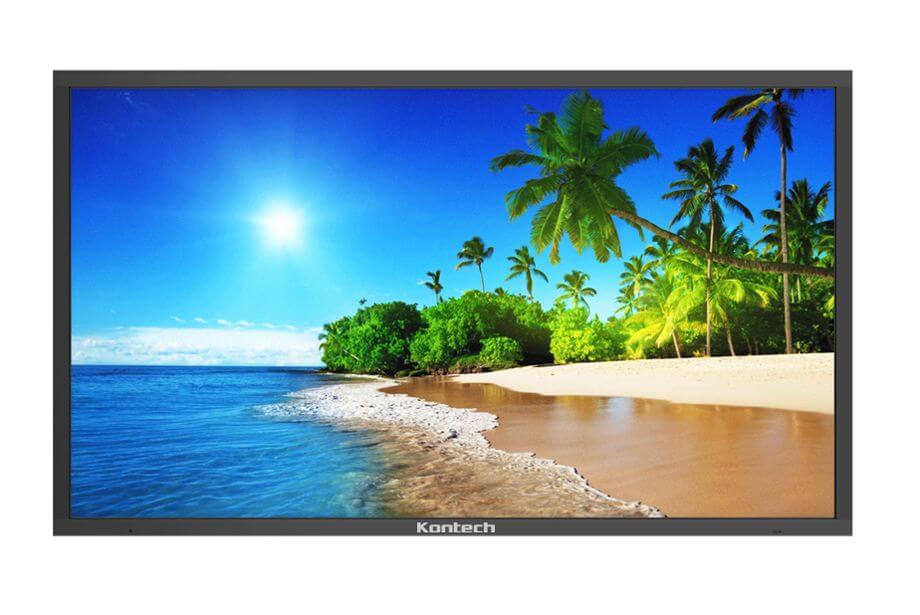




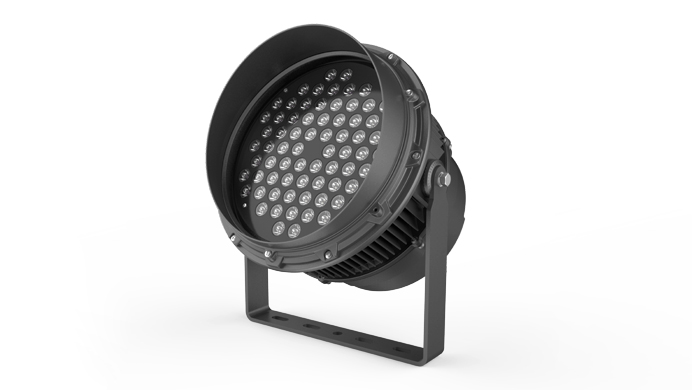
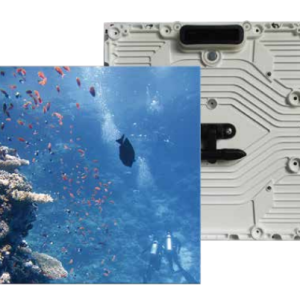


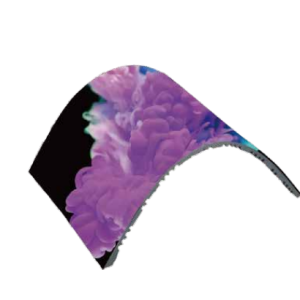


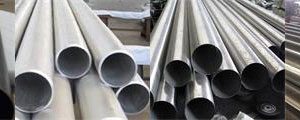
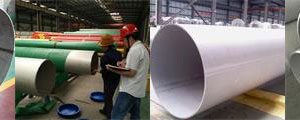
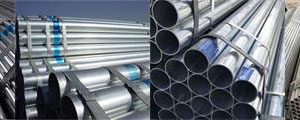
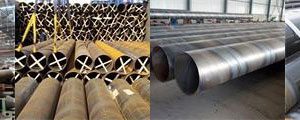
Reviews
There are no reviews yet.